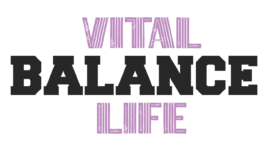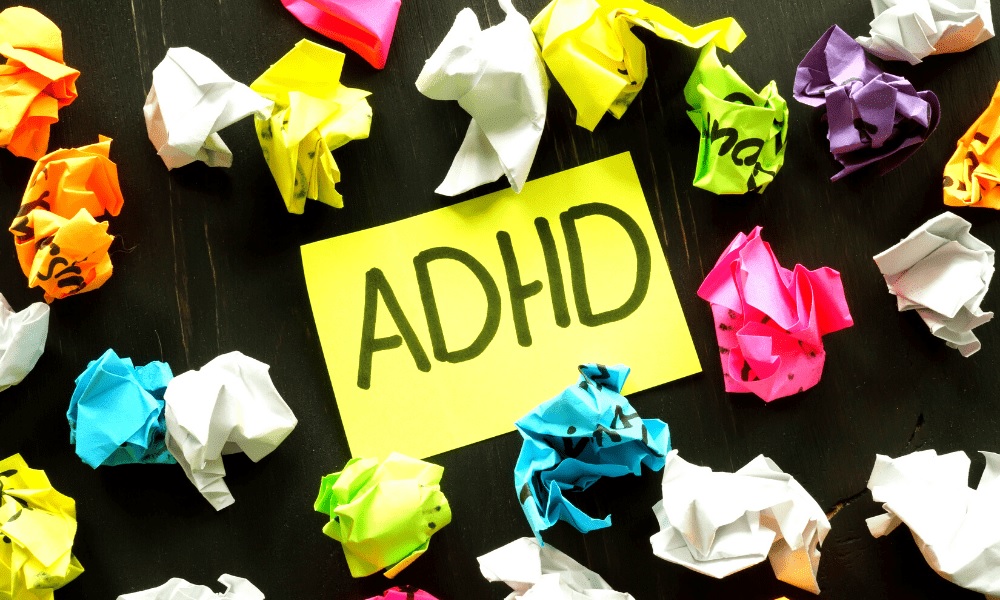Attention-Deficit Hyperactivity Disorder (ADHD) is a neurodevelopmental disorder that affects both children and adults. It is characterized by persistent patterns of inattention, hyperactivity, and impulsivity, which can significantly impact daily functioning and quality of life. In this blog post, we will explore the diagnosis process, treatment options, and strategies for managing ADHD, aiming to increase understanding and support for individuals living with this condition.
Understanding ADHD:
ADHD is a complex condition that affects the brain’s executive functions, including attention regulation, impulse control, and self-regulation. It is important to note that ADHD is not simply a result of laziness or lack of discipline, but rather a neurobiological condition with a genetic component.
Diagnosis of ADHD:
Diagnosing ADHD involves a comprehensive assessment by a healthcare professional, such as a psychiatrist or psychologist. The diagnostic process typically includes:
- Clinical interviews: Gathering information from the individual, parents, teachers, or other relevant sources about the presence and severity of symptoms in various settings.
- Rating scales and questionnaires: Standardized rating scales are used to evaluate the presence and severity of ADHD symptoms, helping to establish a diagnosis.
- Medical evaluation: A medical examination may be conducted to rule out any underlying medical conditions that could be causing or exacerbating symptoms.
Types of ADHD:
ADHD can be classified into three main subtypes, based on the predominant symptoms:
- Predominantly Inattentive Presentation: Individuals with this subtype primarily exhibit difficulties with attention, organization, and sustaining focus. They may appear dreamy or forgetful.
- Predominantly Hyperactive-Impulsive Presentation: This subtype is characterized by excessive motor activity, restlessness, impulsivity, and difficulty with self-control.
- Combined Presentation: This is the most common subtype, where individuals exhibit both inattentive and hyperactive-impulsive symptoms.
Treatment and Management of ADHD:
While there is no cure for ADHD, a combination of strategies can help individuals manage symptoms effectively. These include:
- Behavioral therapies: Behavioral interventions, such as cognitive-behavioral therapy (CBT) and behavior management techniques, can assist in developing coping skills, improving organization, and enhancing self-regulation.
- Medication: Stimulant medications, such as methylphenidate and amphetamines, are commonly prescribed to manage ADHD symptoms. Non-stimulant medications may also be used as an alternative or in combination with stimulants.
- Education and support: Psychoeducation about ADHD and its management is essential for individuals, their families, and educators. Support groups and counseling can provide guidance, understanding, and coping strategies.
- Structured routines and organization: Establishing predictable routines, setting clear expectations, and creating an organized environment can help individuals with ADHD manage their daily tasks more effectively.
- Assistive technologies and accommodations: Using tools like organizers, timers, and reminder apps can aid in time management and task completion. Academic accommodations, such as extended time for exams, can support individuals in educational settings.
- Healthy lifestyle choices: Regular exercise, a balanced diet, sufficient sleep, and stress reduction techniques can contribute to overall well-being and better symptom management.
Conclusion:
ADHD is a complex neurodevelopmental disorder that affects individuals of all ages. With proper diagnosis, understanding, and appropriate management strategies, individuals with ADHD can thrive and reach their full potential. By fostering a supportive and inclusive environment, we can help individuals with ADHD overcome challenges, develop their strengths, and lead fulfilling lives.



